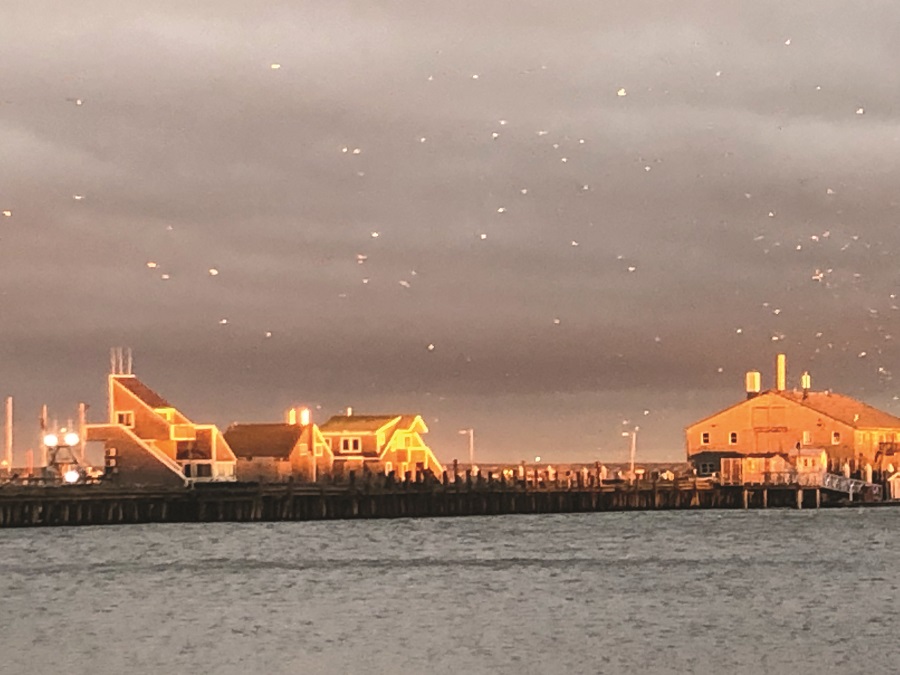We certainly dodged a bullet last week with Hurricane Lee. The storm passed just to our east and brought us huge waves on the ocean side and some rain and winds at just under Category 1 status. As storms go for the Outer Cape, this one was nothing we’re not used to seeing, especially in the winter. It was more like a typical nor’easter — without the snow.
But make no mistake about it: we are living on borrowed time. I’m pessimistic, because there has been one reason we have been able to avoid a catastrophic hurricane landfall on our shores. It’s our cool water surface temperatures. Warm water is what fuels these storms. We are quickly losing that advantage, as our surface temperatures are running much higher than what we always knew as normal.

Without this cool water protection, these storms will not be downgraded as they approach, and I believe we are in the crosshairs going forward. We were lucky this time, because our surface temperatures had cooled somewhat from the historic highs we saw in July and August. This contributed to a significant weakening of Lee.
Still, the storm hit Maine with a force that is not typically seen up there from tropical systems. A good friend of mine who operates a 75-foot tour boat had his boat break off its mooring and hit a rocky beach, sustaining much damage. It’s a new world for us up here at our latitude, and we had better make the adjustments to it sooner than later.
Fortunately for us here, many boats were pulled out before the storm arrived. The winds came from a favorable direction for us, too, north-northeast — we were in the lee of Lee. Both factors led to us not having the damage we might have otherwise had.
People often ask me how the fishing is before, during, and after a strong storm. The way it works is this: As the barometer falls, fish feel the arrival of low atmospheric pressure, and, seemingly aware a storm is coming, they begin to feed. Some groundfish even ingest rocks right before the storm to give them ballast and stability in the water; they expel the rocks after the storm passes. So, fishing is good before one of these storms.
During the storm, larger predators will feed due to storm surge that traps baitfish along the shore. Beach fishing can be good, but no way would I be out on a boat.
After a storm, fishing usually isn’t good. The barometric pressure rises, the fish are full from all that feeding, the stirred-up water means low visibility, and the introduction of significant fresh water from rain and groundwater runoff turns fish off.
Before this storm arrived, fishing was good for bluefish down on the ocean side and in the south end of the bay. A few striped bass were taken as well. The striped bass migration south will commence any day now, and for the Iast few years the fish migrating from points north have missed us. We’ll wait and see what this season brings. Meanwhile, tuna fishing is beginning to heat up, but they’re still not in the bay yet.
Fewer boats will be chasing fish this year because of the storm. When we get one like this in the middle of September that necessitates boats being pulled out of the water, they usually don’t go back in until the next year. This boating season has come to a premature end.



